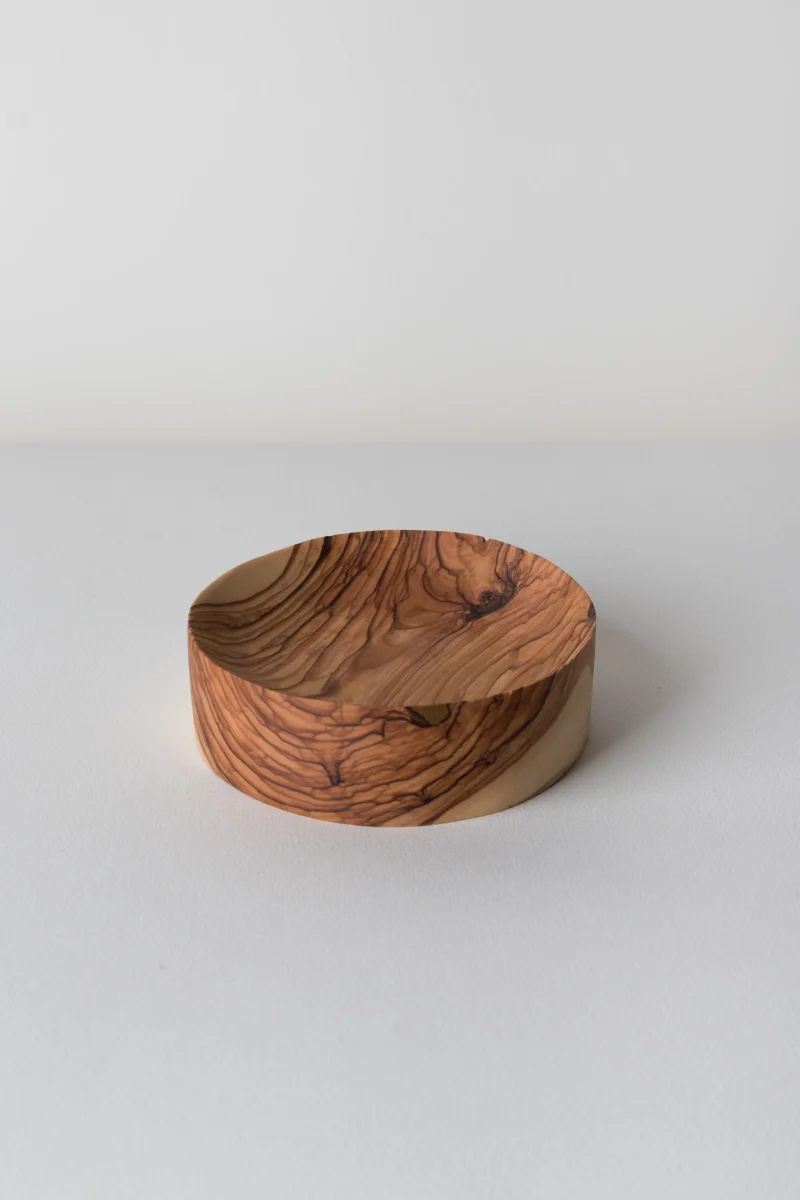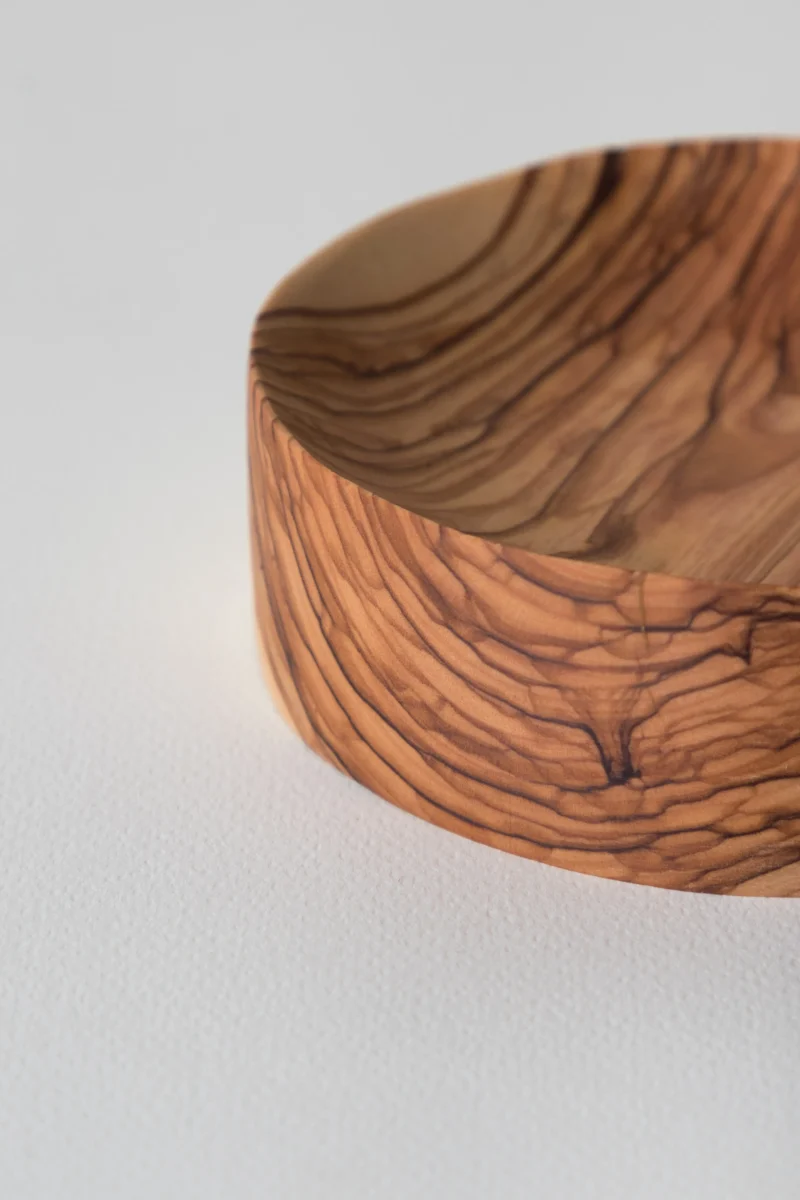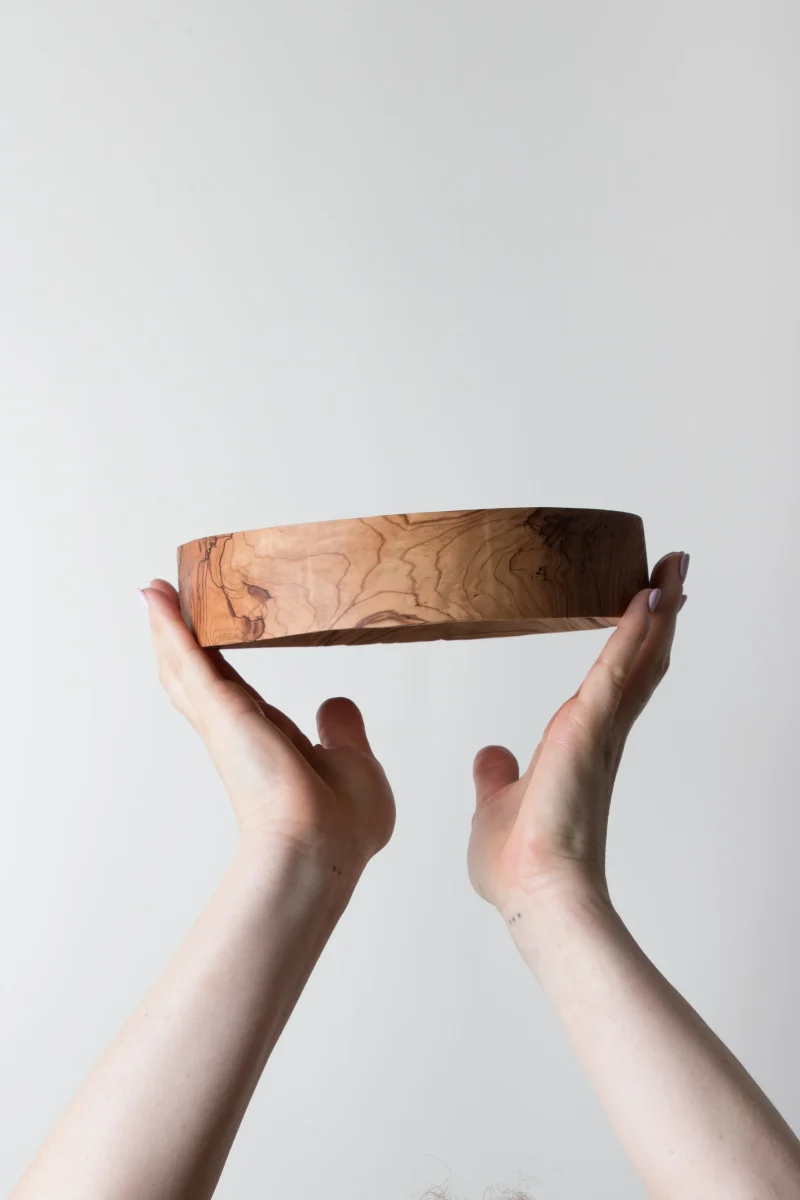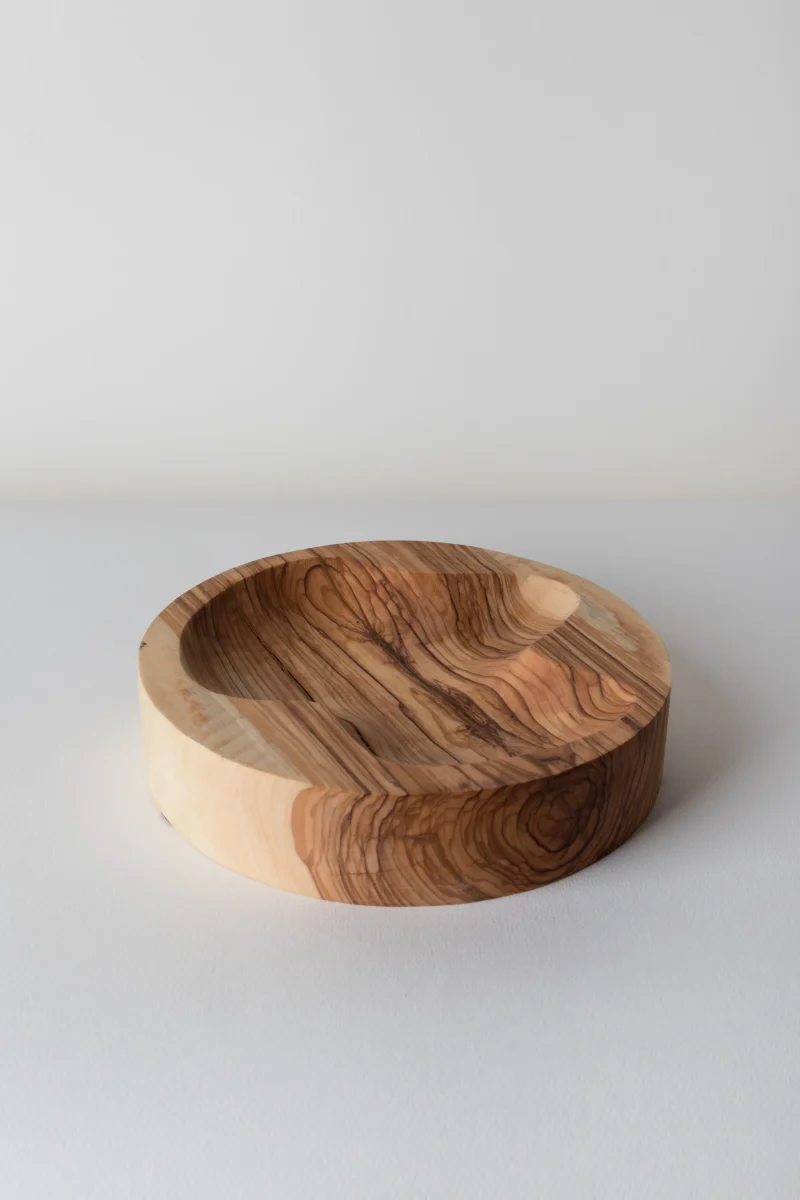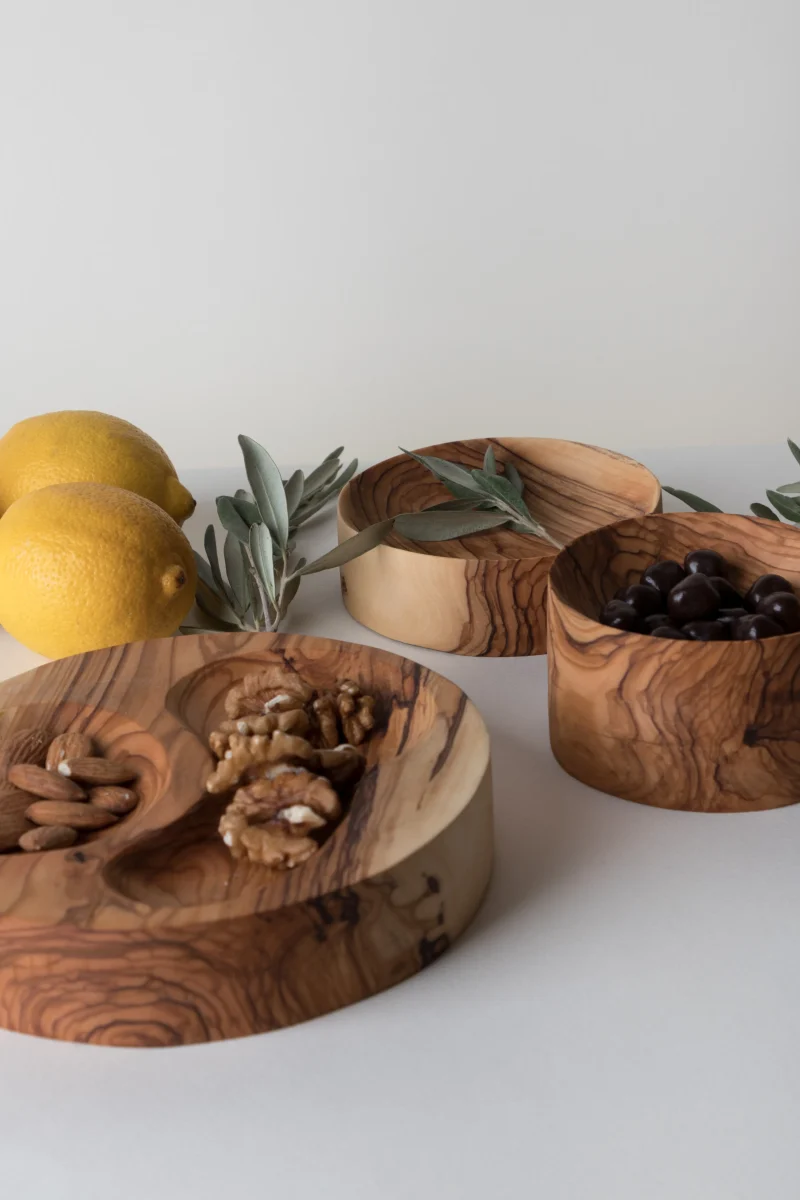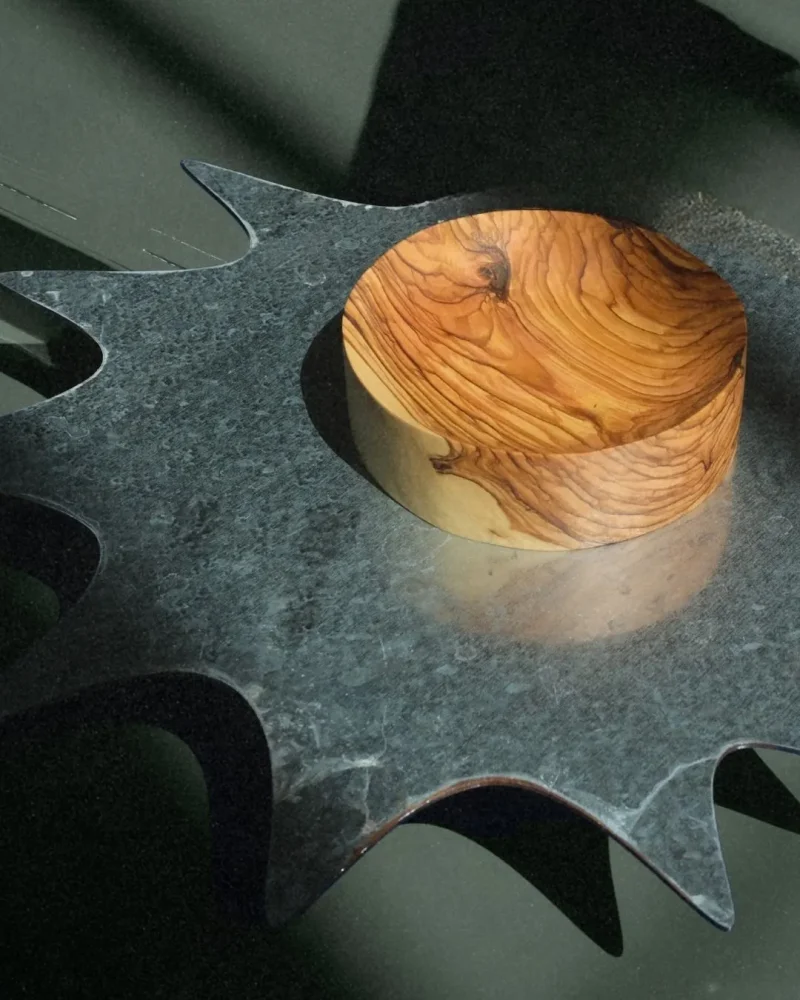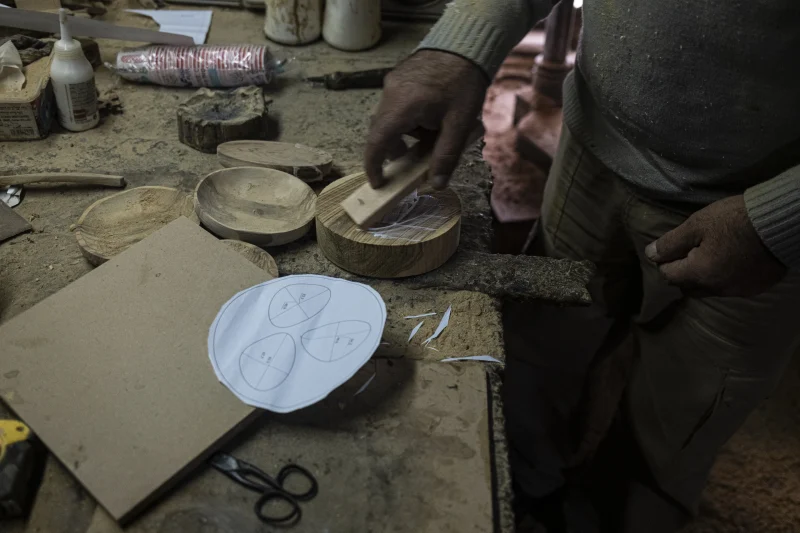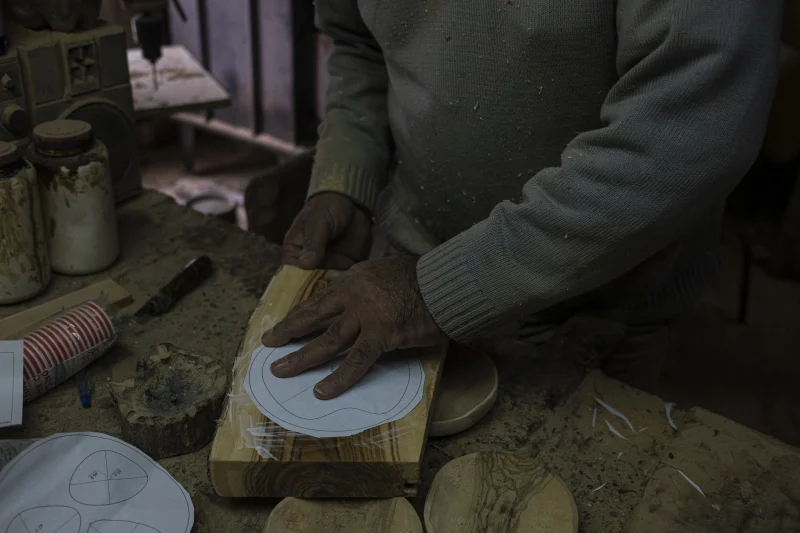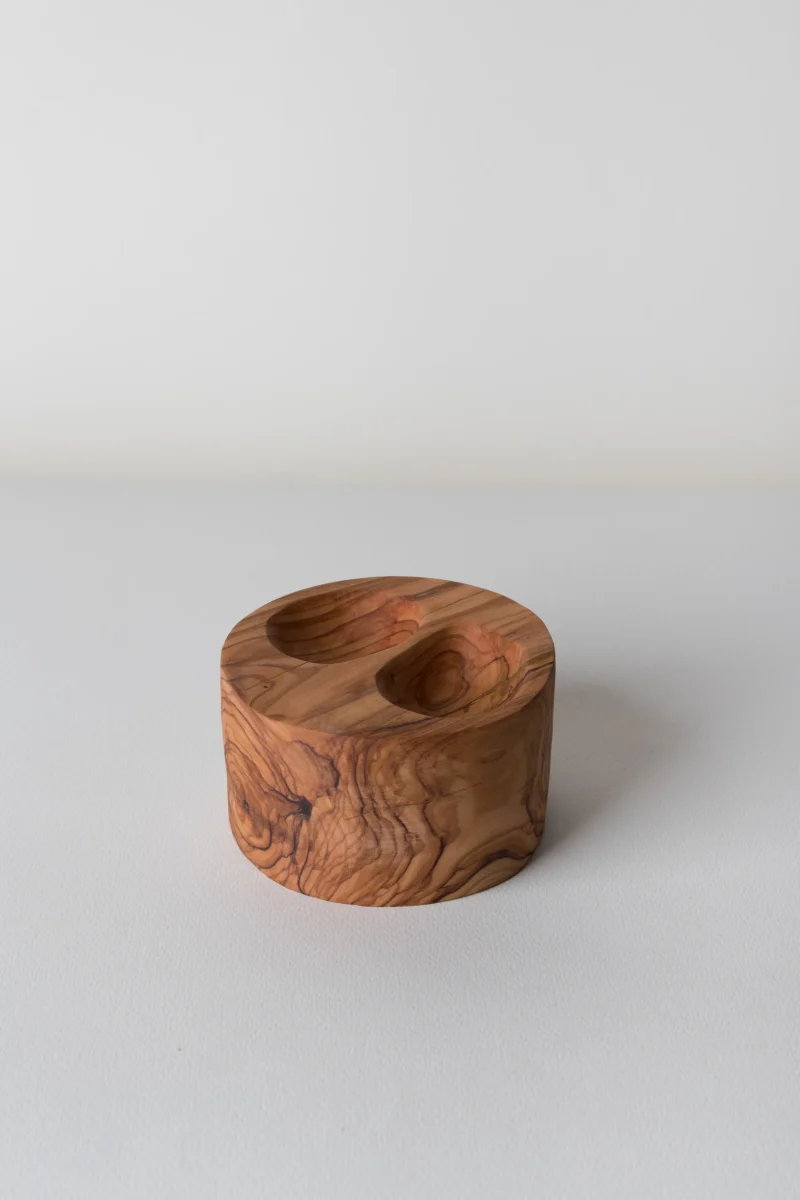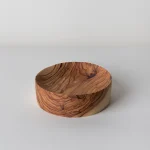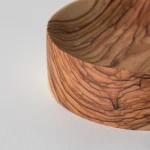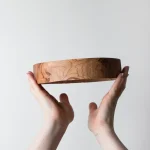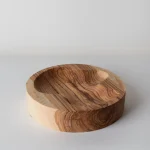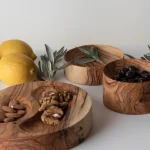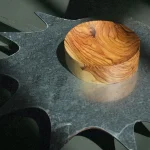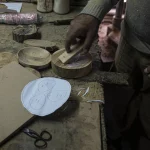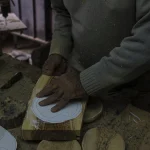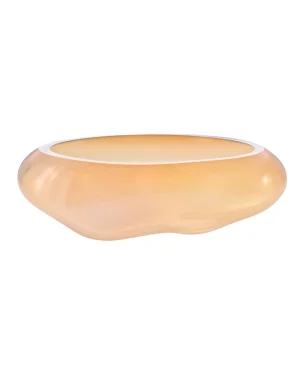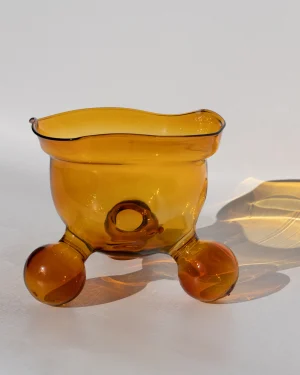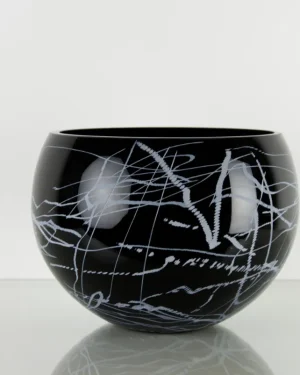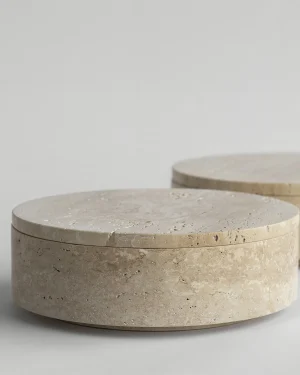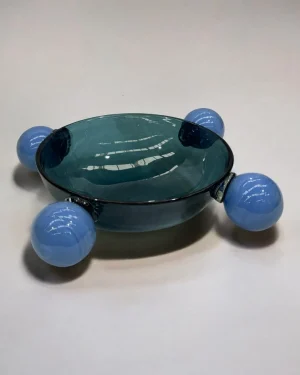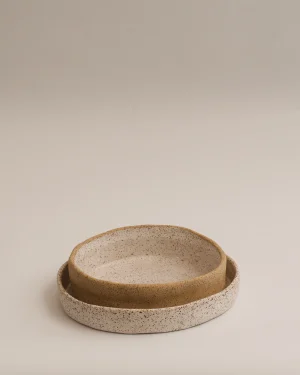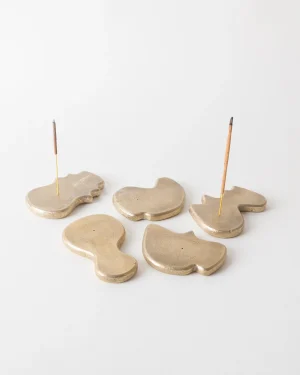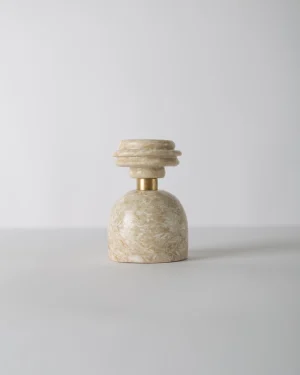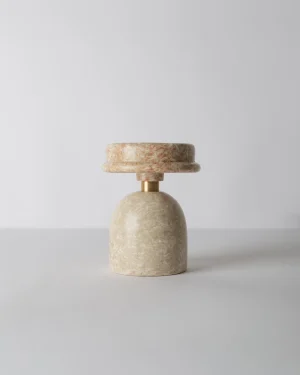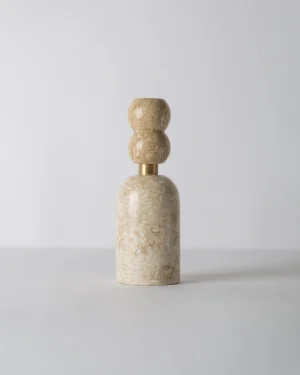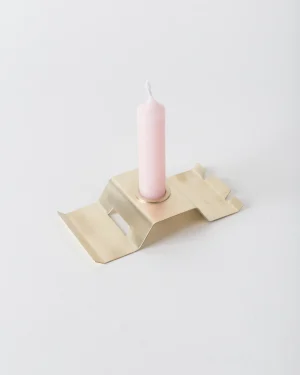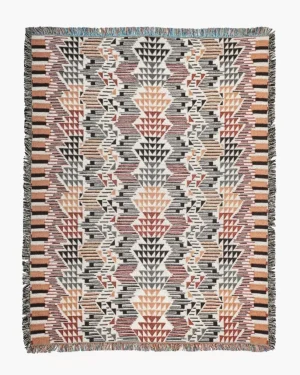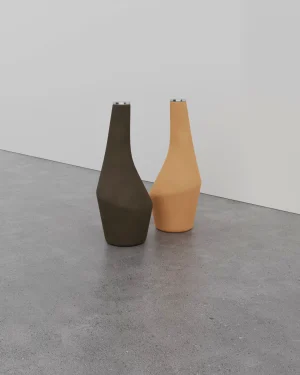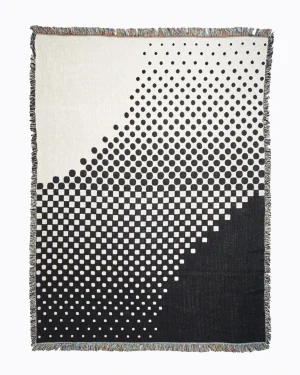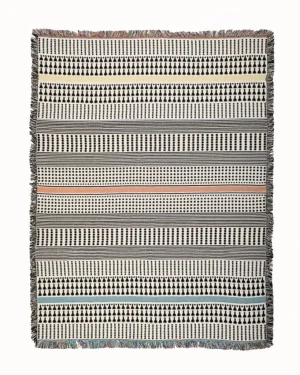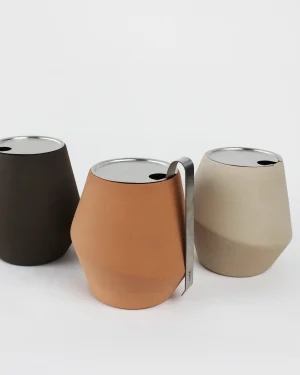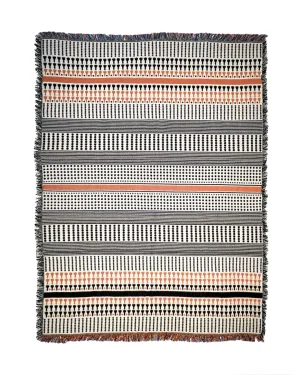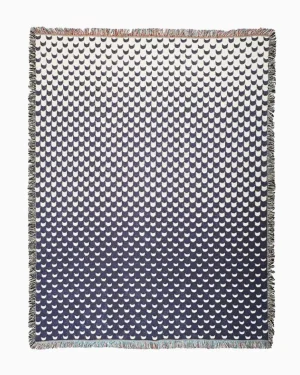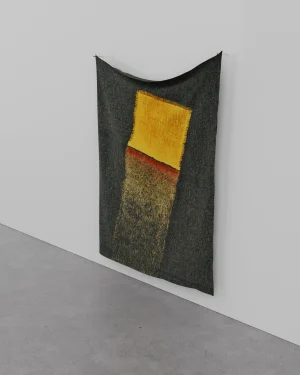The tradition of olivewood carving and woodworking in Bethlehem dates back to the 4th century AD, when Christian priests settled in the area and began carving religious icons and other objects using olivewood. This practice has been passed down through the generations and remains an important part of the cultural identity and economy of the city. With a region that has little local resources, olivewood presents itself with great potential to the local industries. With prominent grains, it showcases abundant character. The bowl is double-sided and can be used on either side.
These bowls are about the pursuit of a material. Olivewood is an integral part of our collective material library. To work with it, and to make sure it remains accessible and available, is also a way to claim local heritage and honor local materials.
The bowl is finished with edible oil and can be used to display or store edibles.
| Dimensions LxWxH | 15x15x4cm (6x6x2'') |
|---|---|
| Piece Weight (kg) | 0.3 |
| Production Year | |
| Material | |
| Discipline | |
| Color | |
| Design Class | |
| Size | 10 CM, 15 CM |
